
Car & Camper
Create a comfy drive with our range of DIY soundproofing solutions for cars and camper vans.
Looking for effective generator soundproofing solutions? Whether you're creating a full generator room or upgrading an enclosure, you've come to the right place. At Soundstop, we offer premium acoustic materials; like Tecsound 50 adhesive membrane, 6 mm Acoustic Rubber Underlay, and Rockwool RW5, that allow you to build a custom, low-noise generator box or room with ease.
Our detailed guidance helps you construct a dedicated generator room that not only suppresses noise but also maintains safety and performance. Explore how our industry-leading products can transform your space into a quiet powerhouse.
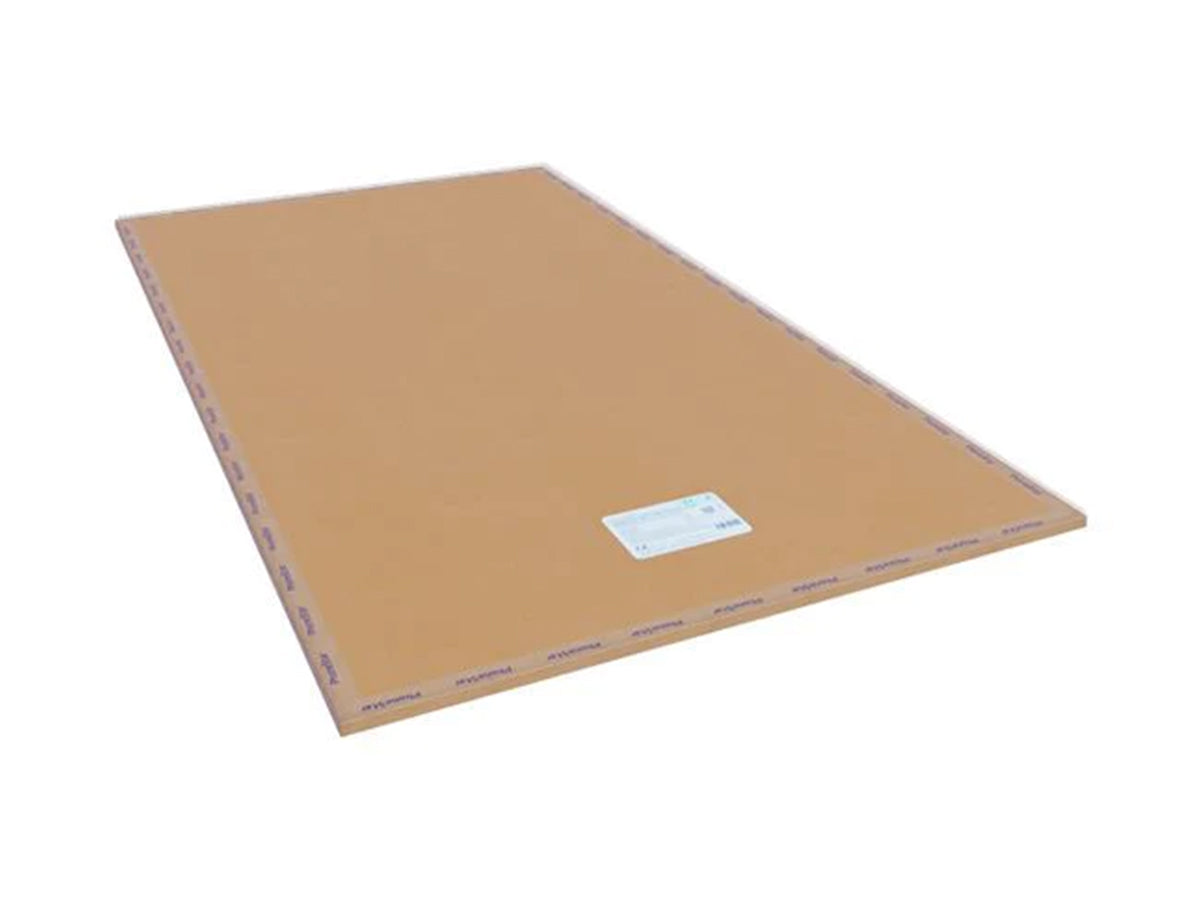
Creating a soundproof generator box or room can be achieved using the SBX Acoustic Boards. First, you will need to measure and cut the Boards to fit the area of the room or the box size. Once the boards are cut, it is important to seal the cut edges and then to properly secure them in place on the walls, floors and ceilings of the room.
After the boards are mounted or made into a box, you will need to seal all seams with an acoustic sealant. You can also add further soundproofing layers such as the Tecsound membrane, and don’t forget about your flooring.
With these steps, you can create a soundproof generator room or box using SBX Boards that will silence you generator.
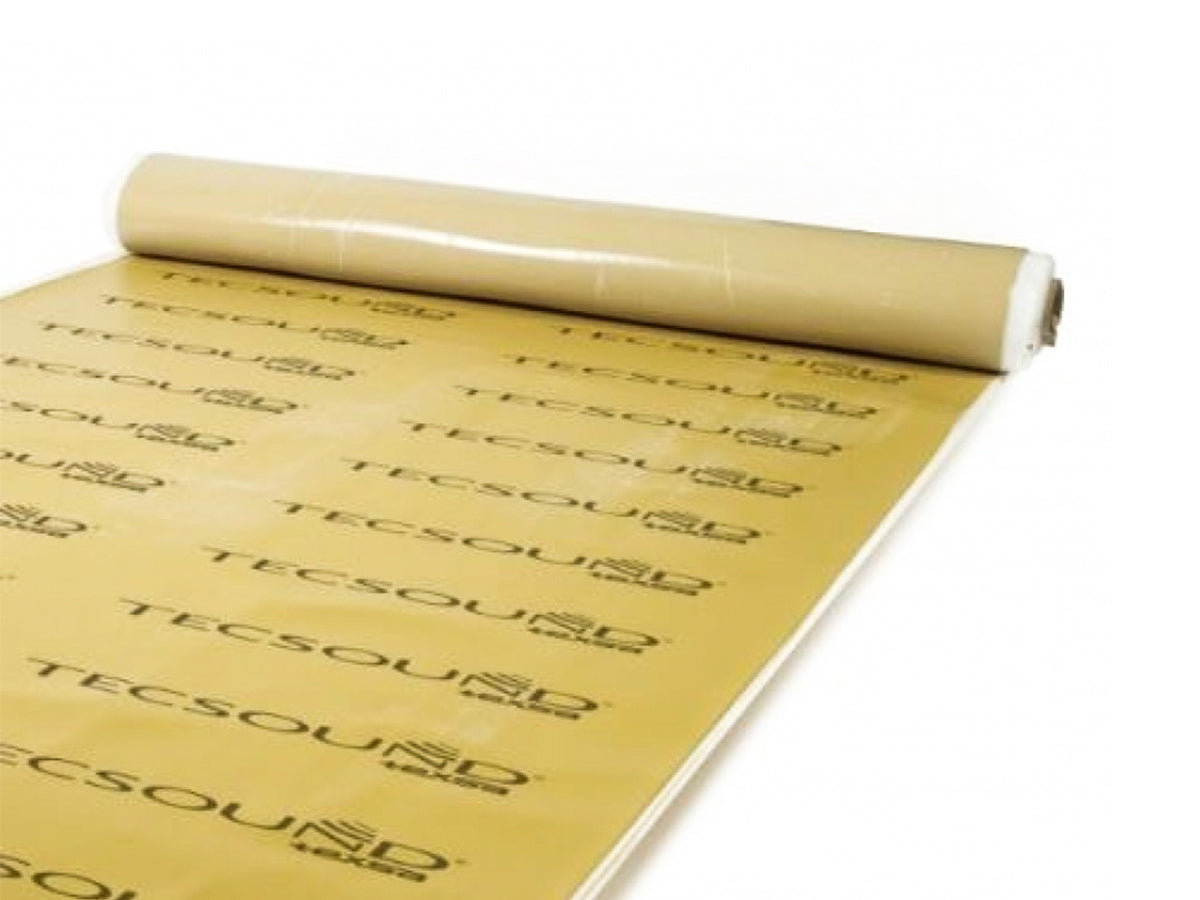
Adding an acoustic membrane to a soundproof generator box or room can be a great way to maximize soundproofing.
First, ensure that the walls of the generator box or room are free of any dust or debris. Next, measure and cut the Tecsound to the appropriate size for each wall, taking into account any windows or doors. Then, peel off the backing of the adhesive and apply it to the wall in a smooth and even manner. Once all the surfaces are covered, use a roller to press the adhesive firmly onto the surface.
Finally, add the SBX Boards to the walls and use the appropriate fasteners to secure them. This will create a soundproof space that will reduce the amount of noise from the generator box or room.
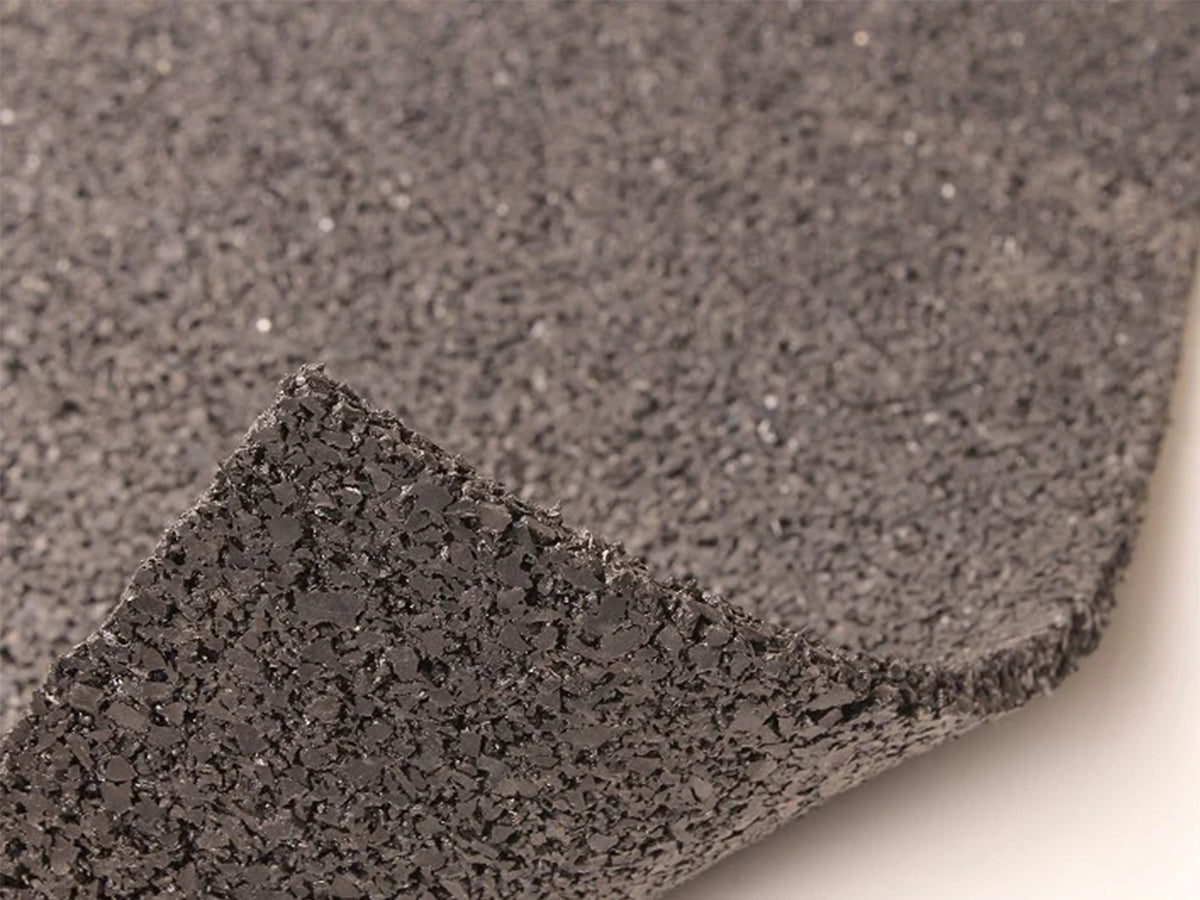
Using an Acoustic Rubber Underlay is an effective and easy way to soundproof a generator box or room. This material is designed to absorb sound waves, diminishing their intensity and reflection and resulting in a quieter environment.
To begin, clear the area of any objects, whilst making sure the surface is level and free of any debris. Next, measure the area where the underlay will be placed and cut it into the appropriate size. Once the underlay is cut to size, unroll it onto the surface and secure it into place.
Lastly, make sure to seal any seams and edges to ensure the maximum soundproofing benefits. With 6mm Acoustic Rubber Underlay, your generator box or room will be soundproofed in no time.
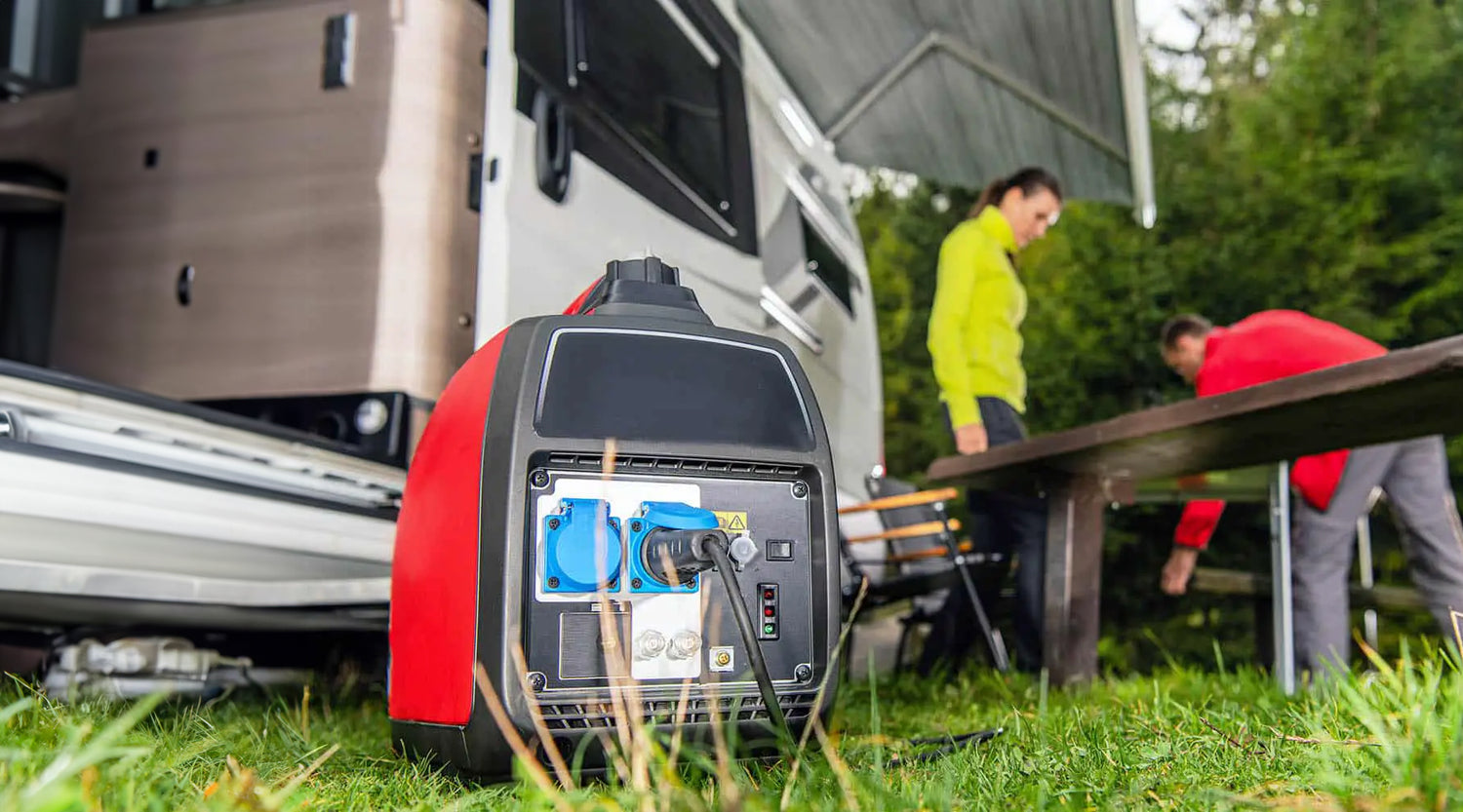
Loud generator noise can be a major issue as it can be disruptive, irritating, and even dangerous. If the noise level is particularly high, more soundproofing will be required. The installation approach and products selected will also have a big impact on the overall results.
Soundproofing can involve a variety of approaches, such as insulating and dampening the generator, using acoustic foam, and using sound absorbing materials to reduce the noise. Additionally, soundproofing can involve enclosing the generator in a soundproof box.
It is important to take the time to assess the noise level of the generator and determine the best approach for soundproofing. The right approach and products can have a significant impact on the amount of noise reduction achieved.
Sound absorption panels don’t block generator noise, but they are excellent for reducing echo and reverberation inside a generator room or enclosure. By absorbing sound waves, they stop noise from bouncing around hard surfaces, making the space much quieter and easier to work in.
Adding absorption panels alongside soundproofing materials creates a more complete solution. While membranes and insulation stop noise escaping, absorption panels improve the internal acoustics, softening harsh echoes and reducing overall noise levels. This makes your generator setup quieter, more comfortable, and less disruptive to the surrounding environment.
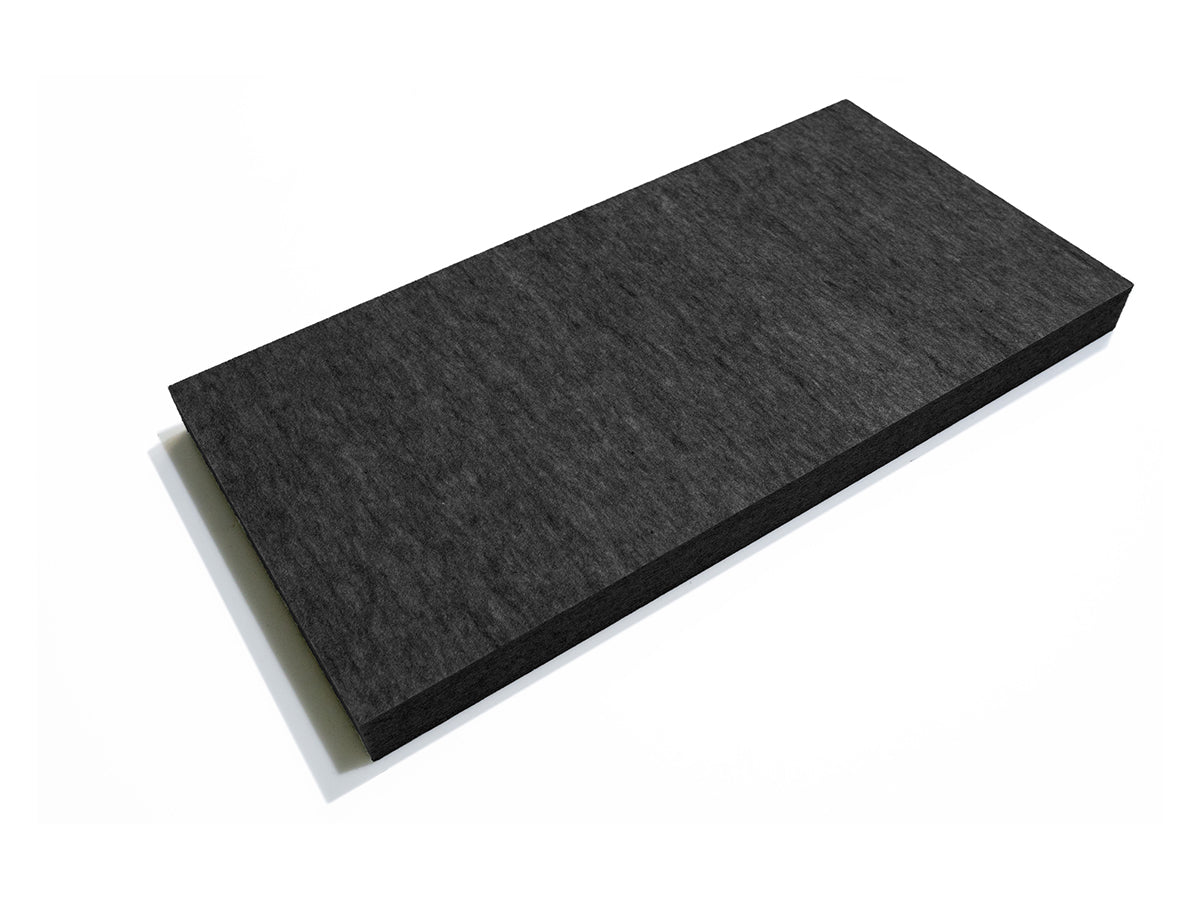
Using Acoustical Sound Absorption Panels is a practical way to improve the acoustics of a generator room or enclosure. These panels are designed to absorb sound waves, reducing echo and reverberation and creating a quieter, less harsh environment.
To install, first clear the walls or surfaces where the panels will be mounted, ensuring they are clean and dry. Next, measure the area and mark out where each panel will sit. The panels can then be fixed in place using suitable adhesive or mechanical fixings, depending on the surface.
For best results, space the panels evenly across walls or ceilings where sound reflections are most noticeable. Once fitted, they will immediately reduce echo inside the space, working alongside other soundproofing materials to deliver a more effective overall noise control solution.
Generators provide essential backup power during outages or in locations where mains electricity isn’t available. However, they are also known for producing high levels of noise, which can cause disruption in residential areas, workplaces, and shared spaces. Excessive generator noise isn’t just inconvenient; it can affect concentration, disturb neighbours, and reduce comfort.
The good news is that proper soundproofing can make a big difference. By using the right acoustic materials, you can significantly cut noise levels, making your generator quieter, more efficient, and far easier to live or work around. This guide takes you through the most effective ways to soundproof a generator, whether you’re creating a dedicated room or building a custom enclosure.
Soundproofing your generator offers more than just noise reduction; it improves comfort, protects performance, and helps you stay compliant with local noise rules.
Reduce Noise Pollution – Prevent excessive noise from disturbing you and those around you.
Improve Comfort – A quieter generator means a more pleasant environment, whether at home, work, or in a camper.
Enhance Efficiency – Soundproofing can help stabilise temperatures and protect the generator from environmental factors.
Comply with Noise Regulations – In some areas, reducing noise levels may be necessary to meet local requirements.
The best way to reduce generator noise is by enclosing it in a soundproof generator box or soundproofed enclosure.
An enclosure traps sound and reduces noise escaping into the environment. If you already have a generator shed or housing, you can modify it with soundproofing materials.
Use SBX Boards for the Walls, Floor, and Ceiling
Apply Tecsound 50 Self-Adhesive Membrane on Walls and Ceiling
Install Rockwool RW5 Acoustic Wool Inside the Enclosure
Lay 6mm Acoustic Rubber Underlay
Even small gaps allow sound to escape, reducing the effectiveness of your soundproofing.
Use Acoustic Putty Pads for Electrical Openings
Apply Acoustic Sealant to Fill Gaps
Ensure Proper Ventilation – Generators need airflow to prevent overheating. Use acoustic vents or baffles to allow air in and out while reducing noise.
Use Anti-Vibration Mounts – Place the generator on rubber mounts to prevent vibrations from transferring into the floor.
Maintain a Safe Distance – Position the generator enclosure away from living areas to further reduce noise impact.
Check for Leaks Regularly – Over time, gaps can form due to wear and tear. Inspect and reseal if necessary.
By following these steps, you can significantly reduce the noise from your generator while maintaining proper airflow and efficiency.

Create a comfy drive with our range of DIY soundproofing solutions for cars and camper vans.

From the engine rooms to the cabins and decking, we have everything you need to soundproof your boat.
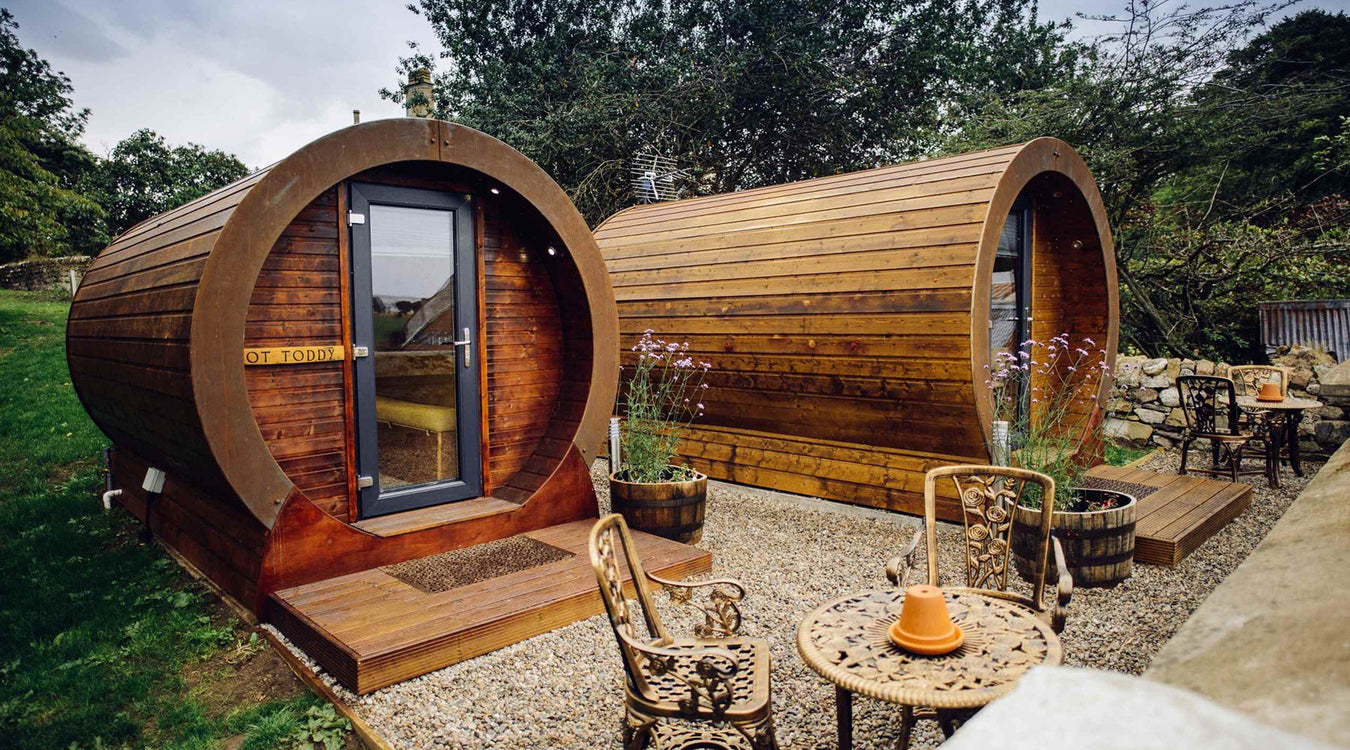
Enjoy nature's peace and quiet in your shed, camping pod or wood shack with easy to fit soundproofing.
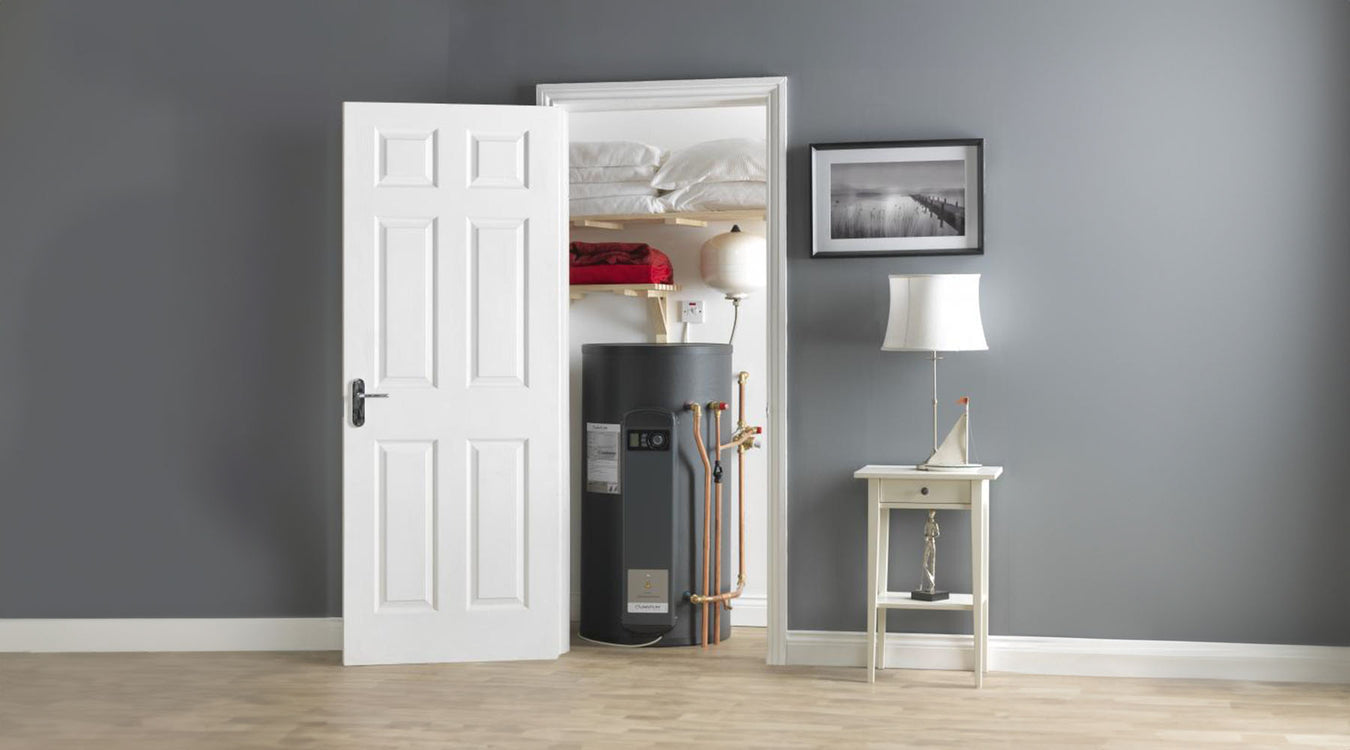
Silence the "monster" in your cupboard with our range of floor, wall and ceiling soundproofing options.